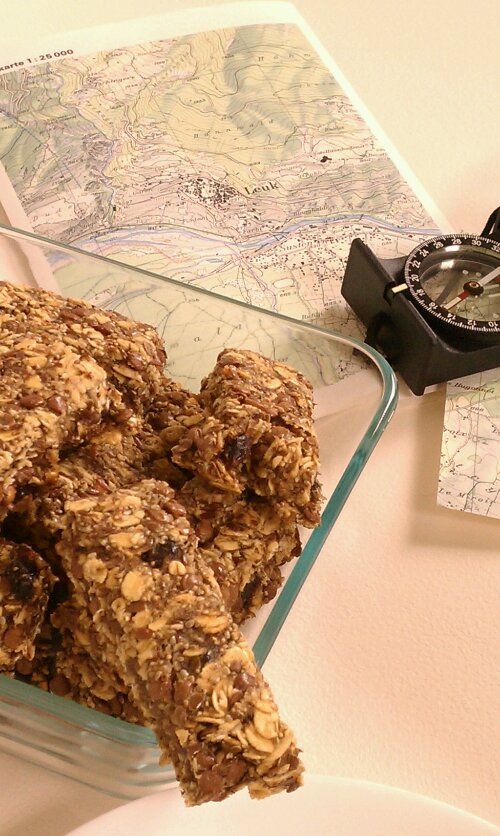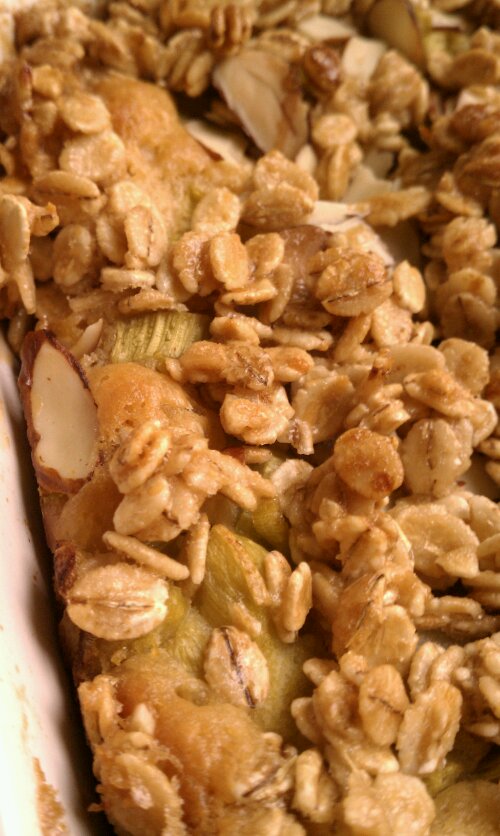
Craving bread is what I remember when I first moved to the United States, the kind of bread I had taken for granted back home. I seems that when you’ve only lived in a very limited part of the world, you automatically assume, everyone in the western world does things the same way, including breakfast. I had been to Asia and knew that in some eastern cultures anything goes for breakfast (Remind me to write about this awesome rice soup I had in Thailand sometime), but I guess I somehow figured that the western cultures, namely central Europe and the US, where very similar and it came as a surprise to find that in my new home, no, there was no bread to be found. 🙁
In Switzerland, a normal breakfast is bread. Slices of crusty bread, with butter, meat, cheese or homemade jams, or delicate buns or croissants. Depending on the day of week, the region, your mood or the time of year there are countless variations on the theme of bread (oh yeah, there are some awesome pastries too). And when I first moved here, I could not handle eggs for breakfast, just couldn’t stomach it in the morning and I was looking for bread. By now, luckily there are bakeries that offer ‘artisan’ breads and it’s possible to get similar items in many grocery stores across the country, but for the first few years (and I did not live in a large metropolis), it was me trying to recreate breads to glimpse a taste of home. Can you tell, I was homesick sometime? 🙂 Well that’s a long time ago and I have successfully recreated and made many breads, using available ingredients to make up for what I was told was not available quite the same way. But I digress, all I really wanted to say here was this, I love bread! Fresh baked, crusty bread; and the smell of it, it just makes me happy.

So summer can be a bit of a trying time, when it stays hot for months here and heating up the house by using the oven to make bread just seems silly. So what is a bread loving girl supposed to do? Take it outside, that’s right! Now, I have played with the thought of building a stone oven out back, but due to space constraints (I want to keep my little raised bed garden, after all) lack of knowledge and mainly proper mason skills, I have had to abandon that thought, along with the flock of backyard chickens… for now.
Next best thing? Use the grill! I have had this pizza stone sitting around. I had used it sometimes to bake bread on, but after some internet research felt I could give this a whirl. After all, if the darn thing breaks, I thought, I just end up with more space in my cabinets. But after three or four tries, it’s still whole. Preheating gently seems to do the trick 🙂
This makes one round, flat loaf of about 10″ diameter. Keeps me happy for three to four days, that’s saying you could make it as a bread to go with a dinner for four.

Ingredients
- 1/4 up sourdough starter from the fridge
- 3/4 cup warm water
- 1 cup bread flour
- 1 cup spelt flour
- 1/2 tsp sea salt
- 1 tbsp fresh rosemary, cut finely
- coarse sea salt for sprinkling on top
 Directions
Directions
- In a large bowl, stir the sourdough with 1/2 cup warm water
- Add the flours, salt, rosemary and remainder of the water (If you are using all purpose flour, 1/2 cup total might be enough) mix together and knead until a smooth dough forms. Form into a ball and let rest in warm spot until doubled in size.*
- Shape into a flat round, about 1″ thick, place on a corn flour dusted pizza peel and let rest in a warm spot for another 20 minutes to half and hour before proceeding. (You want the dough to raise again after shaping)
- Place the pizza stone on the grill and preheat on low, indirect heat for 10 minutes.
- Right before baking, dimple the surface of the focaccia with your finger, brush or spray the surface with some olive oil and sprinkle with coarse sea salt and more rosemary if desired.

- Slide bread off of the pizza peel onto the hot stone and cover the lid. Turn the burners under the stone on, but at low flame for 10 minutes.
- Then turn up the heat to medium, and bake for another 10 to 15 minutes or until the bread is done and sounds hollow when you tap the bottom of it.
- Remove the bread and set on a rack to cool completely before serving, (leaving the stone in place as you turn off the grill) and enjoy!
* The time for this depends on the warmth as well as the level of activity level of your sourdough. In the summer this takes about an hour, and I sometimes will place the covered bowl outside.
 © 2012 SimpleHealthyHomemade
© 2012 SimpleHealthyHomemade






 © 2012 SimpleHealthyHomemade
© 2012 SimpleHealthyHomemade Yes, I know you saw it coming, I mean after the
Yes, I know you saw it coming, I mean after the 





 fresh from the tree!
fresh from the tree!






 Even my boyfriend, who’s not all that concerned with healthy eating, loves these!
Even my boyfriend, who’s not all that concerned with healthy eating, loves these! Sprouted Lentils, before drying
Sprouted Lentils, before drying Ok, so I got a bit picture happy. Did I mention, it was raining all day?
Ok, so I got a bit picture happy. Did I mention, it was raining all day? I used one side of a US half sheet size. Spread it out, it won’t go anywhere. And makes for some odd shaped bars at the end, you know, the ones YOU have to eat right away, to make it neat 😉
I used one side of a US half sheet size. Spread it out, it won’t go anywhere. And makes for some odd shaped bars at the end, you know, the ones YOU have to eat right away, to make it neat 😉 Copyright © 2012 Simple Healthy Homemade. All rights reserved
Copyright © 2012 Simple Healthy Homemade. All rights reserved Oh yeah, AND raisins!
Oh yeah, AND raisins! Dark cacao nibs (essentially pieces of cacao bean)
Dark cacao nibs (essentially pieces of cacao bean) 

 Copyright © 2012 Simple Healthy Homemade. All rights reserved
Copyright © 2012 Simple Healthy Homemade. All rights reserved
 ‘Budget Version’ made with Oats
‘Budget Version’ made with Oats
 Copyright © 2012 Simple Healthy Homemade. All rights reserved
Copyright © 2012 Simple Healthy Homemade. All rights reserved




 Makes lots of cookies, but they’re eaten so quickly
Makes lots of cookies, but they’re eaten so quickly








 Now it’s time to get down and dusty. Knead the additional flour into the dough before shaping it into a ball and placing on a floured baking sheet to rise…
Now it’s time to get down and dusty. Knead the additional flour into the dough before shaping it into a ball and placing on a floured baking sheet to rise… After its final rest and rise, ready for the oven… (notice the characteristic cracks)
After its final rest and rise, ready for the oven… (notice the characteristic cracks)



